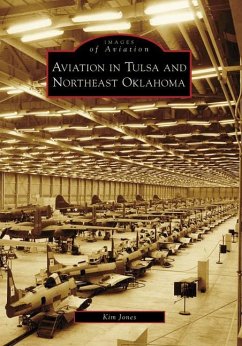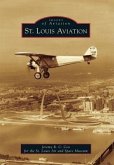Early balloonists, called aeronauts, traveled across Oklahoma from fair to festival to exhibit their feats of derring-do. Some parachuted from their balloons while others would slide down to the ground on cables attached to their balloons from heights upward to 1,000 feet. Soon after the Wright brothers proved the possibility of powered, controllable flight, local Oklahoma inventors were building their creations and hoping to be the first to be called pilot in the state. Once oil was discovered in the state, aviation literally took off. The early-day oil barons quickly seized on the utility of aviation. They could be the first on the scene in western Oklahoma or the Texas panhandle to sign a mineral lease or have a broken-down drilling rig back in action in short order by flying in the parts needed. From these humble beginnings sprang the aerospace industry that would carry Tulsa and northeast Oklahoma into the 21st century.
Hinweis: Dieser Artikel kann nur an eine deutsche Lieferadresse ausgeliefert werden.
Hinweis: Dieser Artikel kann nur an eine deutsche Lieferadresse ausgeliefert werden.








